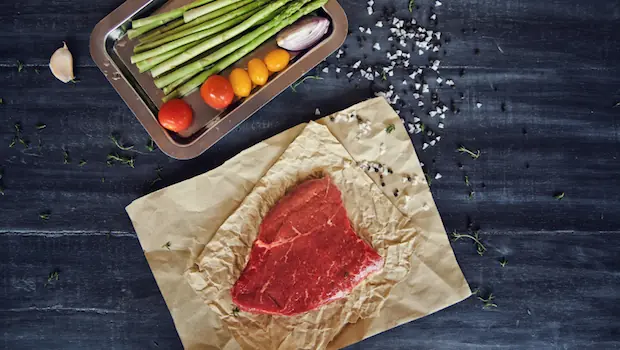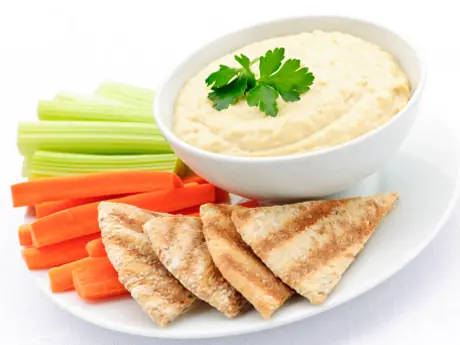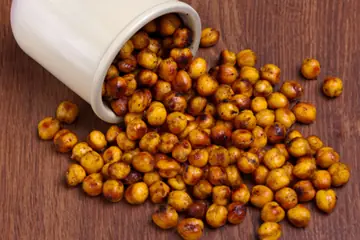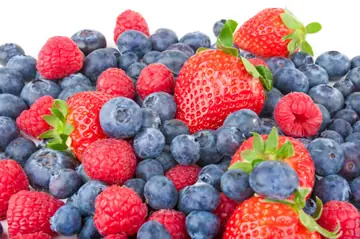
What is sustainable meat—is it organic, grass-fed or both? It might depend on whom you ask. Sustainable is more of a practice than an FDA-regulated label. In 1987, the United Nations Commission defined sustainability as, "Development that meets the needs of the present without compromising the ability of future generations to meet their own needs."
The questions to ask to uncover if a food—in this case, meat—is considered sustainable are:
- Does the farm ensure that lifestock welfare is ethically appropriate?
- Does the farm participate in environmentally protective practices?
- Are the livestock processed by meat companies treated in a humane way?
- Do these practices ensure the long-term health of the livestock?
The Pros and Cons of Sustainably Raised Meat
Pros: Sustainably raised meats generally contain less fat, fewer calories and higher levels of omega-3 fatty acids, vitamins A and E and other antioxidants. Produced without growth hormones, antibiotics or feed additives, these meats are typically processed on the farm or in a small-scale facility. Animals are treated humanely, and graze on pasture.
Cons: Sustain: The Alliance for Better Food and Farming, an organization that advocates food and agriculture policies and practices that enhance the health and welfare of people, animals and the environment, suggests that people limit consumption of animal products because livestock farming contributes significantly to climate change. When selecting meat, eggs and dairy, choose products that are produced according to high environmental and animal standards.
In addition, it's more expensive than meat that isn't grown sustainably, so just buy less of it, and add more veggies, whole grains or other inexpensive protein sources such as lentils, beans or edamame, to your meal. Recipes that use grass-fed, organic and sustainable meats, eggs and dairy as one or two of several ingredients—as opposed to the star on the plate—such as stir-fries, vegetable- and grain-based salads, and one-dish/one-pot meals like casseroles, stews and soups can make healthy, protein-rich meals with less meat.
More: Protein: How Much You Need
If your local grocery store doesn't sell sustainable meat or dairy products, some local farms or CSAs might sell eggs, dairy and meat. Inquire about their sustainability practices. There are also several online retailers to choose from; check out Rocky Mountain Organic Meats or Niman Ranch.
- 1
- of
- 3
About the Author








Discuss This Article